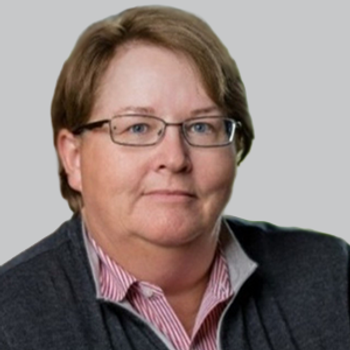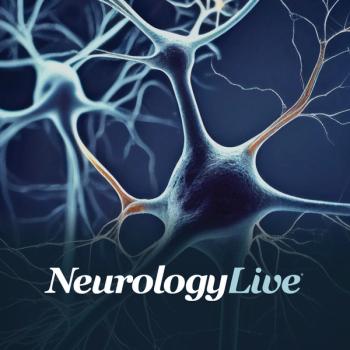
Jelena Pavlovic, MD, PhD: Perimenstrual-Related Migraine
The attending neurologist at the Montefiore Headache Center and assistant professor of neurology at the Albert Einstein College of Medicine spoke about preventive treament for perimenstrual-related migraine.
"In terms of approach to treatment and how this may be relevant in clinical practice is to recognize that the window of perimenstrual migraine may be somewhat longer in some women than in others and may fluctuate from cycle to cycle. That is women who have may have very prominent menstrually-related attacks one month may not experience the same menstrually-related attacks next month."
At the 2019 American Academy of Neurology (AAN) Annual Meeting held in Philadelphia, Pennsylvania, Jelena Pavlovic, MD, PhD, attending neurologist at the Montefiore Headache Center and assistant professor of neurology at the Albert Einstein College of Medicine, spoke with NeurologyLive in an interview to discuss treatment for perimenstrual-related migraine.
Pavlovic explained that it’s important for clinicians to recognize that the window of perimenstrual migraine may be somewhat longer in some women than others and may fluctuate from cycle to cycle.
She encourages patients to keep a detailed diary around menstruation which would help identify the onset of first perimenstrual attacks and guide preventive treatment—either NSAIDs or a longer-acting triptan. Clinicians should recognize that women with menstrually-related attacks will have significant burden of migraine and that even with preemptive treatment may need rescue therapy.
Based on the preliminary data from the 2017 Migraine in America Symptoms and Treatment (MAST) Study, of which Pavlovic presented at the AAN meeting, the peak intensity of attack is reached after 60 minutes and because of this, Pavlovic emphasizes the need to treat early.
REFERENCE
Pavlovic J, Buse D, Reed M, et al. Women with migraine vary in time to peak headache pain intensity, functional impairment and pain interference based on menstrual migraine status: Results from the 2017 Migraine in America Symptoms and Treatment (MAST) Study. Presented at American Academy of Neurology 2019, Philadelphia, PA, May 4—10.
Newsletter
Keep your finger on the pulse of neurology—subscribe to NeurologyLive for expert interviews, new data, and breakthrough treatment updates.


































